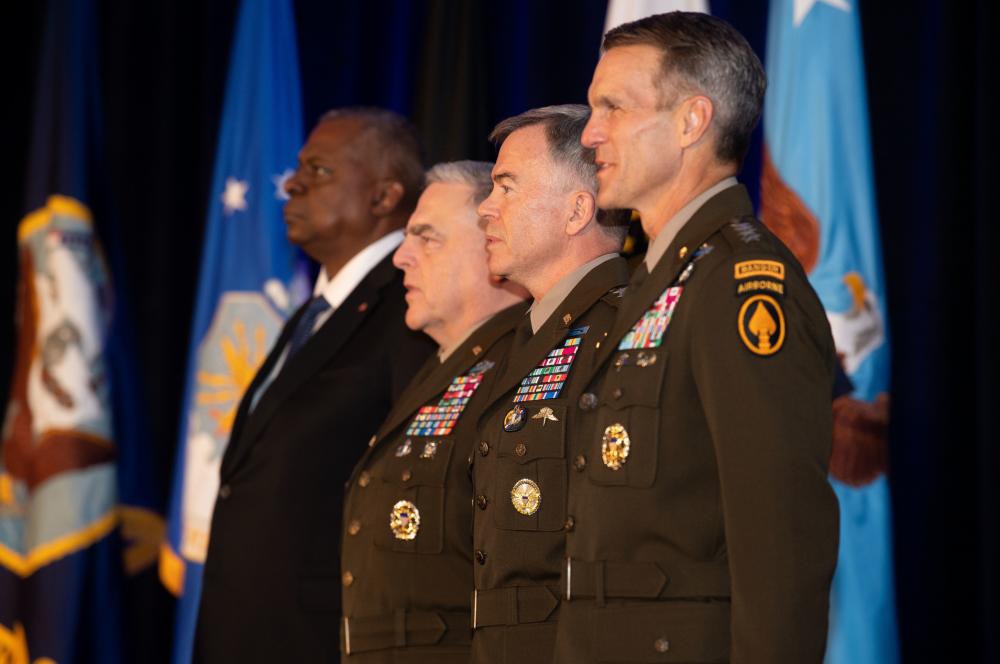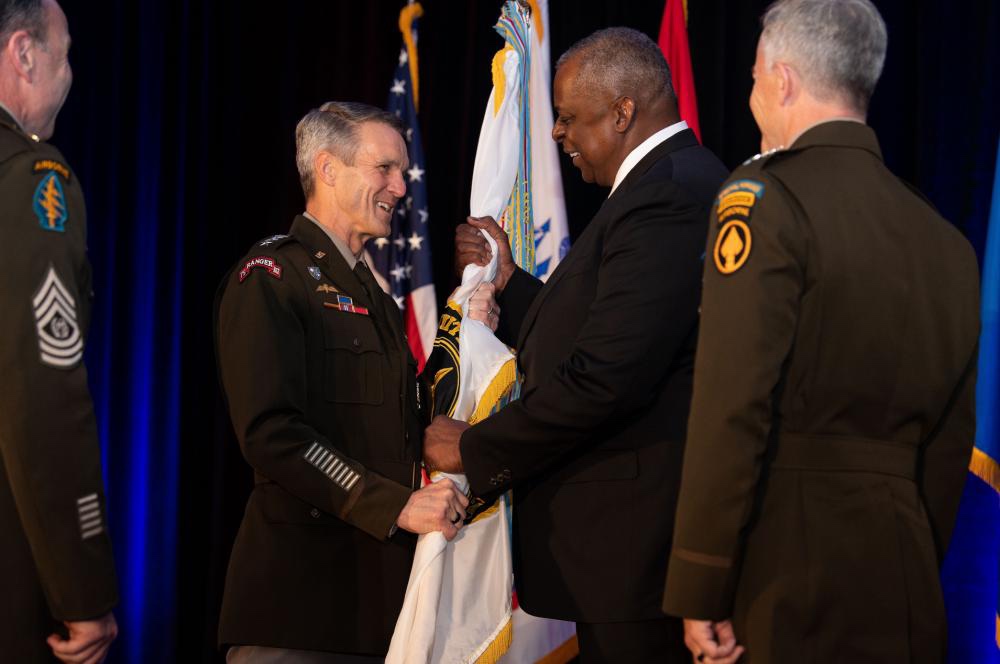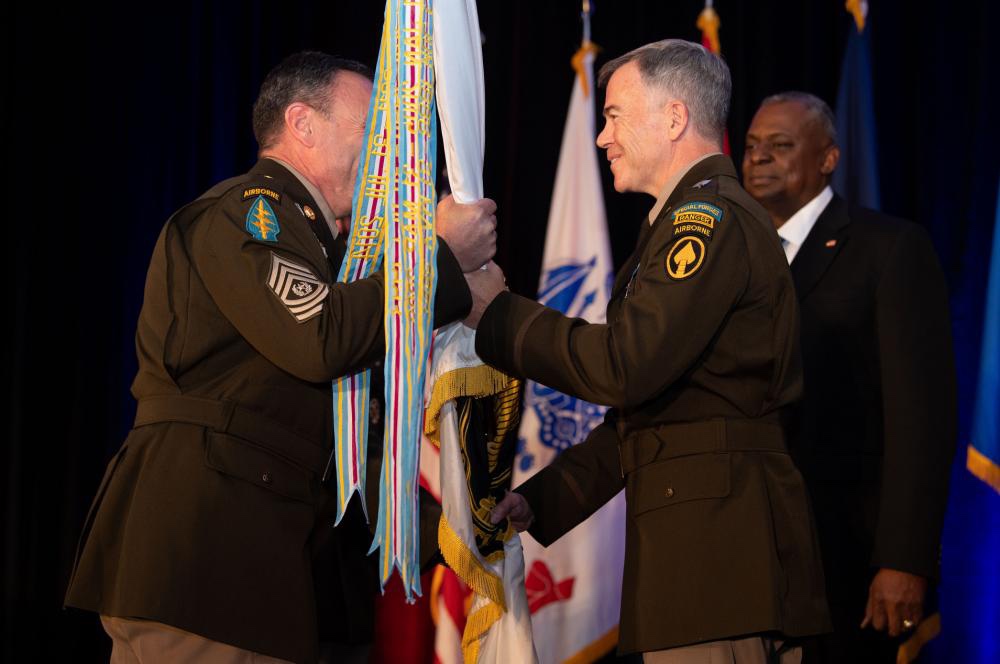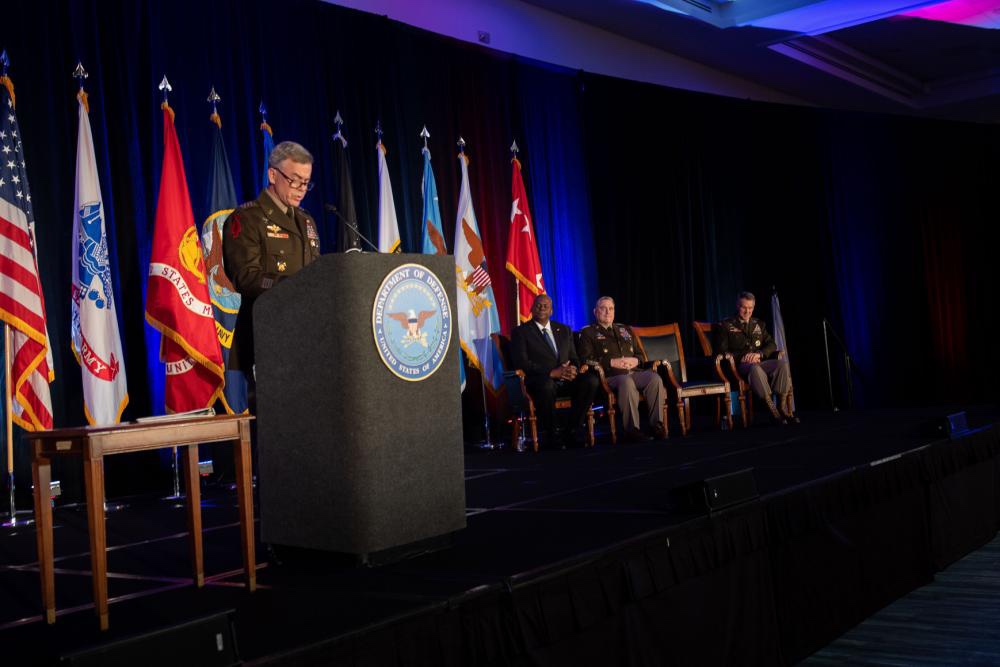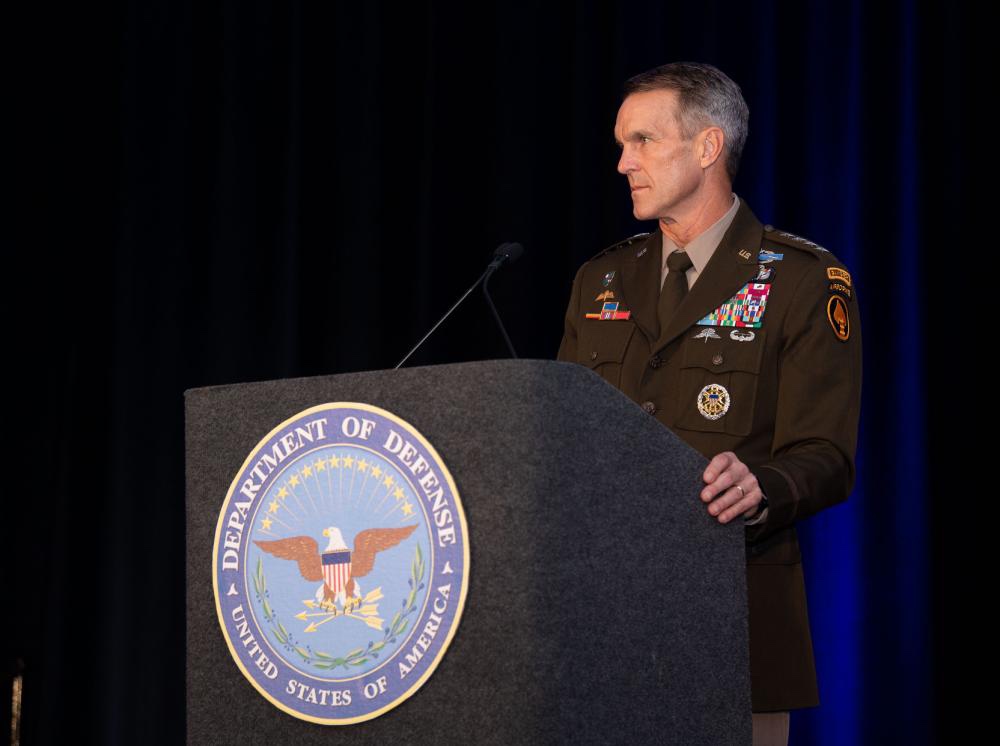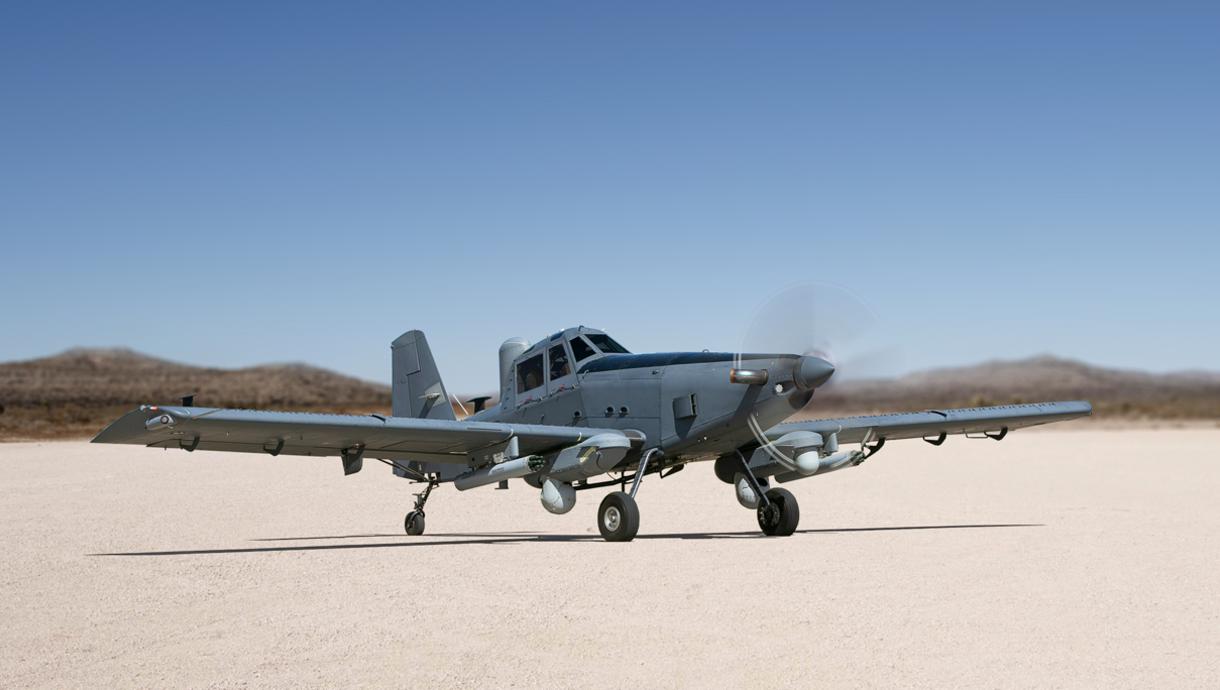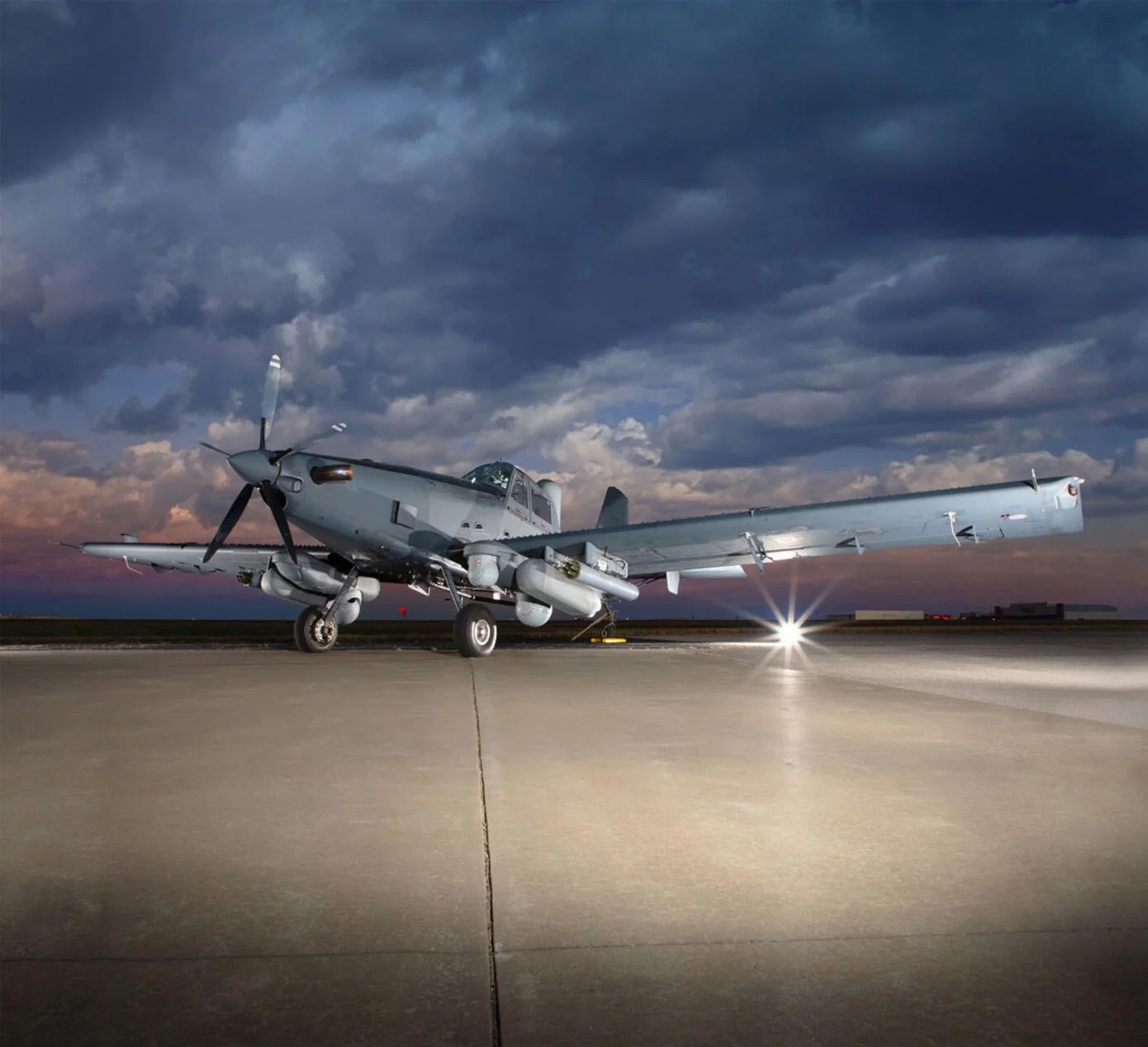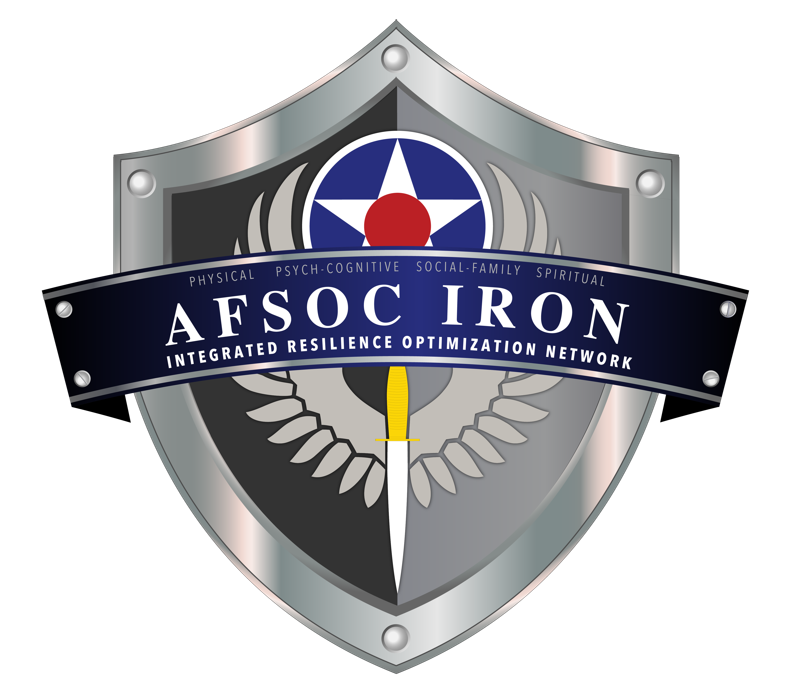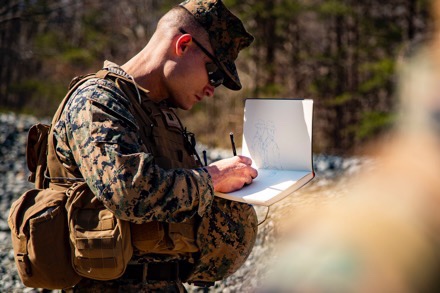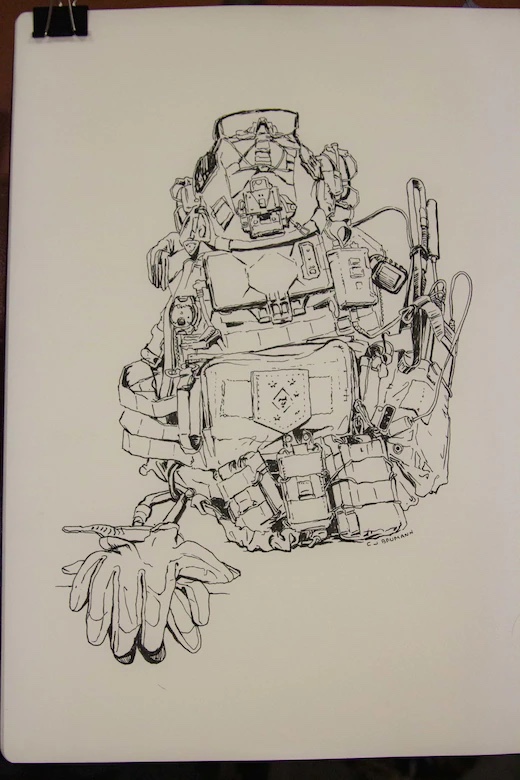HURLBURT FIELD, Fla. —
Air Force Special Operations Command (AFSOC) continues to innovate the way Air Commandos train and execute joint special operations missions in this century’s complex and competitive battlespace.
Among these recent innovative changes include the further development of multi-functional Airmen and their integration into a new Special Operations Task Unit (SOTU), known as a Mission Sustainment Team (MST).
“As the Air Force continues to operationalize and codify its approaches to Agile Combat Employment (ACE), a key effort is establishing how we’ll bring together the complementary capabilities of our fighter, bomber, mobility, and special operations forces,” said Dr. Sandeep Mulgund, Senior Advisor to the Air Force’s deputy chief of staff for operations. “Doing so will be key to creating, maintaining, and fighting from positions of advantage, which the CSAF has emphasized in recent remarks about ACE. By integrating MSTs into SOF capabilities, we’ll provide more options for our joint force and coalition commanders on how to generate and employ airpower.”
For nearly a year, the 1st Special Operations Wing, has developed its MST as a proof of concept to ensure multi-capable Airmen within AFSOC are able to meet the needs of combatant commanders against any potential adversary in the future. Its role will be to act as the connective tissue that bridges the Air Force’s ACE capability with current AFSOF capabilities in a joint environment.
“Our MST allows us to provide force support, civil engineering, communications, logistics, security forces, medical, airfield management and contracting capabilities,” said Col. Daniel Magruder, 1 SOW vice commander. “We now can take what are normally base support functions and operationalize them to support combat missions. Ultimately, without the total package of aviation, maintenance, and support provided by our multi-capable Airmen, the mission will not get done.”
In order to accomplish this capability, MSTs are designed to train 58 Air Commandos from 22 different Air Force AFSCs with seamlessly blending their operations and becoming proficient in several competencies in order to receive, prepare and redeploy aircraft expeditiously.
“It’s a huge asset to the MST for our Airmen to have the adaptability and confidence in varying skills to better meet the challenges of the changing threat environment and determine best practices for mission support within the ACE construct moving forward,” said Capt. Melissa Cecil, 1st Special Operations Mission Support Group Detachment 1 commander. “Our goal is to empower our Air Commandos to problem solve and think critically while also giving them the tools they need to operate and make decisions at dispersed locations. In some of these locations, they will be relied upon as the subject matter expert for all things mission support.”
Utilizing multi-capable Airmen was at the forefront of AFSOC leaders’ mind when they developed the MST.
“Our MSTs are empowered to adapt to assigned missions,” said Magruder. “As an Air Force, it is important to empower units at the lowest level to achieve their assigned missions.”
“Each of the military services are developing approaches to operations that recognize the need for agility and maneuver in the future threat environment,” added Mulgund. “They each have their unique focus areas and nuances, but common to all is this idea of being light on your feet to shift forces and effort where and when required. Joint approaches to agility will pull all these together to meet the needs of our combatant commanders worldwide. MSTs are part of that joint solution. Our Air Commandos now can enable and support austere operations by other special operations forces as well as allied forces when required.”
The 1 SOW’s MST recently tested their ability to help generate and integrate into air operations components during its recent participation in two exercises with drastically different theaters of operation.
“MSTs provide flexibility to the force because they can establish, sustain and retrograde forward operating locations for AFSOF mission generation,” said Magruder. “The team has been aggressively rehearsing this training in exercises like Agile Flag or INDOPACOM’s Rim of the Pacific (RIMPAC) exercise.”
As part of Air Combat Command’s Agile Flag, an exercise in a simulated rural deployed setting, the MST assisted in enabling scripted joint force air component ACE missions.
“Multi-capable Airmen is what gives the MST the capabilities it has,” said Capt. Patrick Sutton-Buscavage, 1 SOMSG Det 1 director of operations. “During Agile Flag we were able to rapidly support and sustain operations for Aircrew, maintenance and forward arming and refueling point (FARP) teams in two separate locations at the same time. Without multi-capable Airmen on our team, this doesn’t happen.”
Although Agile Flag is aimed at testing several different units’ mission generation, command and control, and base operating support-integrator elements, the MST’s inclusion provided an avenue to test the newly implemented special operations sustainment task unit in a realistic and controlled setting. It also allowed those who will be deploying in the newer, more predictable, deployment structure to develop the continuity of processes and team building needed to effectively operate in austere conditions or in support of a Theater Special Operations Command.
“The intent of MST is to align directly with the SOFORGEN cycle and integrate into a SOTU construct downrange,” Cecil said. “Although the MST is still in its infancy, we are working to build relationships and seek out further training and utilization opportunities to demonstrate how we can best be integrated across multiple areas of operation.”
In addition to Agile Flag, the MST also supported INDOPACOM’ recent RIMPAC exercise, which is the world’s largest international maritime warfare exercise. The MST’s involvement in the exercise directly influenced the ability for commanders to employ not just American special forces but also from India, Germany and the Republic of Korea.
“Large exercises, like RIMPAC, allow our team to showcase our force generation capabilities to the joint and international forces while also looking for ways to collaborate,” Magruder said. “The benefits of the MST concept is that it allows our commanders to employ multiple teams across a large AOR in order to form a more theater level power projection platform.”
“Whatever the challenge, we’ll need small multi-disciplinary teams like MSTs to support mission generation in a wide variety of operating environments,” Mulgund added.
The MST continues to prove that the development of multi-capable Airmen is pivotal to the future of how AFSOC generates forces.
“Multi-capable Airmen are the building blocks for developing small capable special operations teams required to adapt to any combat environment,” said Magruder. “Their incorporation into the MST is the first step in the wing’s campaign to improve the way we process and provide sustained logistical support against any potential adversaries.”
By TSgt Michael Charles, 1st Special Operations Wing


